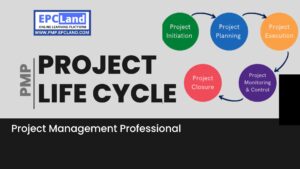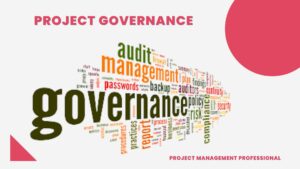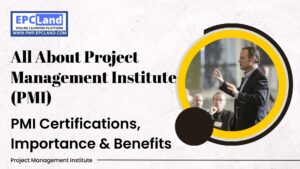Project artifacts are associated with project documents, but not all project documents are artifacts. As a project manager, you and the project team should determine the required project artifacts based on the needs of the project. The Project Management Institute (PMI) provides definitions and examples of project artifacts in its 2021 publication The Project Management Body of Knowledge Guide (PMBOK® Guide) – 7th Edition.
Don’t Miss the 1000+ MCQ questions & hundreds of quizzes on PMP Knowledge Areas and Various important sections.
Table of Contents
ToggleExamples of Project Artifacts
There are very many examples of Project Artifacts.
PMBOK 7 lists:
- Project Charter
- Risk Register
- Stakeholder Engagement Plan
- Prioritization Matrix
- User Story
- Value Stream Map
What are project artifacts in project management?
In project management, project artifacts are documents used to align project work with project requirements and business goals. The PMBOK® Guide – 7th Edition defines project artifacts as:
“Templates, Documents, Outputs, or Project Results” (p. 149). The project artifact attributes are:
- Created as part of the overall project documentation
- Tailored to project specifications
- Link to project management, not project outcomes
- Created by the project manager and project team
- Subject to change as project work progresses
- Known as artifacts, documents, results, and/or templates
need official update
When do documents also become project artifacts?
Not all documents created or used during a project are project artifacts. Note that artifacts are tied to project management. For example, a communication management plan is a deliverable. Contribute to overall management of project work. Documentation is a technical manual prepared for the widgets developed within the project. However, this is not part of project management, so it is a result of the project, not a deliverable of the project.
The PMBOK® Guide contains a list of project artifacts that project managers can use in any type of project management. However, this should not be considered a definitive checklist, different methods produce different artifacts. For example, Agile projects have artifacts like the product backlog. Projects that use a plan-based or waterfall approach have artifacts such as change control plans.
What are milestone control artifacts examples?
According to the PMBOK® Guide – seventh edition, here’s a listing of mission artifact kinds and examples:
- Strategy Artifacts |Business Case, Project Charter, Roadmap
- Logs And Registers | Change Log, Backlog, Issue Log, Risk Register
- Plans | Communications Management Plan, Cost Management Plan, Release Plan, Resource Management Plan
- Hierarchy Charts | Product Breakdown Structure, Work Breakdown Structure, Risk Breakdown Structure
- Baselines | Budget, Performance Measurement Baseline, Project Schedule, Scope Baseline
- Visual Data and Information | Affinity Diagram, Burndown/Burnup Chart, Gantt Chart, Histogram, Information Radiator
- Reports | Quality Report, Risk Report, Status Report
- Agreements and Contracts | Fixed-Price Contracts, Cost-Reimbursable Contracts, Time and Materials
- Other Artifacts | Activity List, Metrics, Project Calendar, Requirements Documentation
Companies must have requirements for what facts is protected in every mission artifact to make sure consistency throughout the organization’s portfolio. Project Managers can also additionally have their personal quality practices concerning the quantity of facts to encompass in every artifact primarily based totally on their classes discovered and/or mission control experience.
Why Project Management Artifacts Matter
Project artifacts are a means of increasing the efficiency of project management. Project Artifacts…Ensuring the project is running within the set budget and enabling a shared understanding of its purpose, goals and details. Project parameters (scope, budget, schedule, resources, changes, role responsibilities, etc.) can be easily referenced as needed.
Don’t Miss the 1000+ MCQ questions & hundreds of quizzes on PMP Knowledge Areas and Various important sections.






















